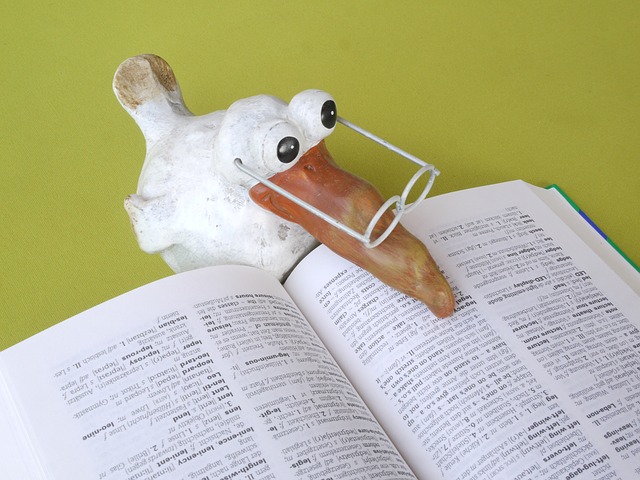INTRODUCTION
Planning and executing programs requires skilled people. Public relations Practitioners are responsible for the task. The task allows practitioners to establish and maintain a favorable image for their employer’s organization.
The feature of an organization is maintained among the public or group with which it comes into contact. This means of communication can be established face to face with the individual or through the mass media of radio, TV or the press.
The established communication may be spoken, written in pamphlets, feature articles, brochures in the company magazine, and annual reports. The communication may be done audio-visually, through video, films, and slide shows.
Public relations encompass a range of activities from state organizations such as the post office, railways, police, and defense force. The activities are delivered to businesses and voluntary organizations.
PERSONAL ATTRIBUTES

A Public Relations Practitioner (PRP) must develop a general interest in the world around him/her. He/she has to remain cool under pressure. Having strong writing and organizational skills is a must.
The practitioner must develop a sympathetic tact and patience, personality, as well as stamina, originality, and discipline. These are essential for building a career in Public Relations, as is a strong analytical ability.
MISSION STATEMENT
The Department functions in line with the mission of the Durban University of Technology. And, the department is tasked within the paradigm of the philosophy of Higher Education. However, the curricula offer tertiary, career-specific education and learning designed to:
1. Promote vision and intellectual levels to the highest potential standards and continue to advance the value of its education.
2. Produce graduates who are able to operate at a superior level of career performance.
3. Encourage advanced technical skills through research and development.
4. Promote an interdisciplinary education to meet the needs of commerce, industry, and the community.
5. The Department of Public Relations will endeavor, with a devoted staff, to make sure best practice and become a center of quality in terms of teaching and learning within its control.
PUBLIC MANAGEMENT ROLES

Public relations can and should make a central input in helping to shape an organization’s ideas about what it is, what its publics want and expect from it, and what it should do.
Communication Management
The public relations position calls for increasing communications goals that are in agreement with an organization’s overall objectives. As mutual communicators, public relations practitioners cooperate directly with key publics, relaying the ensuing information (with recommendations) to additional members of the administration team.
Crisis Management

Establishing methods and policies to be used when an organization’s operations become involved in an emergency influencing the public. This comprises policies and procedures for the distribution of information to media, government, employees, and other key publics.
Issues Management
This involves identifying problems, issues, and trends pertinent to an organization and then developing and implementing a program to deal with them. Discussed is the study of public policy matters of concern to an association.
Relationship Management
This involves the role of public relations in identifying key publics and establishing strategies for building and maintaining mutually beneficial relationships with those publics.
Reputation Or Image Management
The scheduling and implementing of policies, procedures, and strategies that exhibit an organization’s promise to public and social liability, principled behavior, commercial identity, and reputation with key publics.
Resource Management
PR’s management of human and financial resources revolves around setting objectives, planning, budgeting, recruiting, hiring PR staff, and administering those resources.
Risk Management
As preventive PR, this role involves helping an organization recognize areas of potential danger and recommending needed changes before potential dangers develop into crises.
Strategic Management
Acting as a counselor, the PR practitioner provides on the management team helping the organization expand sound policies that are in the best interests of the community as well as the business.
The PR practitioner incorporates a considerate of the concerns and attitudes of key publics into the organization’s executive decision-making process.
Every organization involved in the public and private sector utilizes public relations in some form or another. Indeed, for many organizations and marketing professionals, a mix of advertising, integrated marketing dominates the marketing function of communications and public relations.
This subject develops the academic and practical information for students to better recognize and use public relations. This subject provides a comprehensive inspection of communication processes essential for the management of managerial relationships with the public by public relations practitioners.
The subject attends to topics such as event management, media relations, ethics, issues management, and public relations in viable and not-for-profit entities to discover the foundations of contemporary public relations management.
SUMMARY
Public relations controls the information exchanged between an individual and an organization or the public. The subject expands a broad concept, regarding the management and processing of information and exchange of ideas between parties.
References:
1. https://en.wikipedia.org/wiki/Public_relations
2. https://www.forbes.com/sites/robertwynne/2016/01/21/five-things-everyone-should-know-about-public-relations/
Last Updated on January 24, 2022 by

Magalie D. is a Diploma holder in Public Administration & Management from McGill University of Canada. She shares management tips here in MGTBlog when she has nothing to do and gets some free time after working in a multinational company at Toronto.





